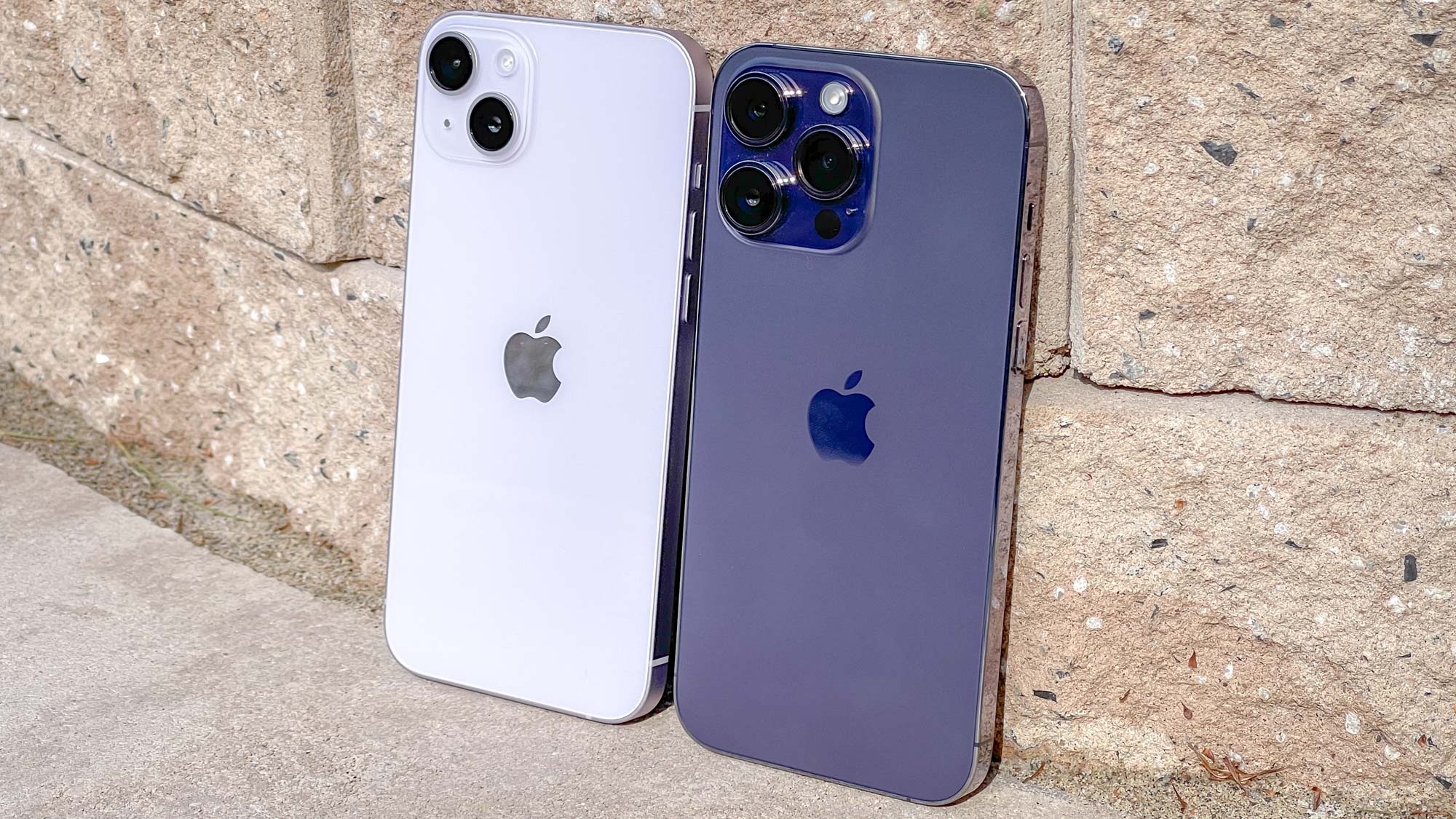Apple confirms USB-C iPhones are coming — here's what we know
Apple exec Greg Joswiak says company will comply

Update: The EU's now discussing making easy smartphone battery replacements a legal requirement too.
We’ve heard all the rumors that the iPhone 15 may be the first Apple phone to get USB-C, but now one Apple exec has conceded that it won't have a choice. Thanks to the EU officially passing legislation for a universal charging port, starting in late 2024, Apple has confirmed it will be complying with the mandate.
This news came from Greg Joswiak, Apple's senior Vice President of marketing, speaking at the Wall Street Journal Tech Live Event (via TechCrunch). Joswiak didn't share any additional details, but confirmed that Apple will be complying with the EU's ruling. However, it seems Apple will be complying with the ruling somewhat begrudgingly.
"We got to a better place which is power adapters with detachable cables. All of them being USB-A or USB-C and you choose the cable which is appropriate for your device." Joswiak said, "That allowed over a billion people to have that (Lightning) connector and to be able to use what they have already and not be disrupted and cause a bunch of e-waste."
The short version is that Apple is still insisting that mandating a switch from Lightning to USB-C will actually create more e-waste than it prevents — since people will have to dispose of old Lightning cables and accessories. It also means the company can't make money off Lightning sales and licensing for much longer — so it's not likely that these comments are 100% altruistic.
What the EU ruling means for iPhones
The European Union has been talking about mandating USB-C for quite some time, but only got round to making good on those threats recently. The first proposals to legislate the universal charging standard kicked off over a year ago, and have been going through all the necessary steps in the months since.
The final hurdle, which involved member states voting on the legislation, was passed on Monday, October 24. All that remains are for the rules to be signed off by presidents of the EU parliament and European council. These are considered formalities though, and the new rules are, for all intents and purposes, final.
Sign up to get the BEST of Tom's Guide direct to your inbox.
Get instant access to breaking news, the hottest reviews, great deals and helpful tips.
The law has primarily targeted smartphones and laptops, but also includes other smaller electronic devices. The goal is to try and minimize electronic waste, and avoid a situation where different devices all have their own charger — a problem experienced by anyone with a cell phone in the ‘90s and ‘00s.
These days the vast majority of smartphones do come with USB-C charging. That came as a result of the EU pushing microUSB as a standard back in 2009, which eventually evolved into USB-C after the standard was developed. Apple is the only major company to continue a non-conformist stance.
Granted rules in the EU only affect the EU, and theoretically have no impact on products sold in other regions. The odds of Apple developing two different phone models in tandem, one with USB-C and one without, are pretty slim. It's equally unlikely that Apple would just not sell iPhones in Europe.
There had been speculation that a portless iPhone could circumvent the rules, since there would be no non-USB-C port on the device. MagSafe is also a Qi wireless charger, which is the same standard utilized by the rest of the tech industry. The magnets only work with newer iPhones, but the pad itself can still wirelessly charge non-Apple phones and devices.
However, it’s unclear when a portless iPhone will appear, assuming it’s even in active development right now.
According to the legislation, “small electronics” coming to market at the end of 2024 will have to have USB-C charging. If Apple really is launching the iPhone 15 with USB-C, as the rumors claim, it should beat that deadline by an entire year. If that’s not the plan, then Apple’s going to have to fall in line with the launch of the iPhone 16.
Larger electronics, including laptops, won’t need to conform to the rules until late 2026. This shouldn’t be a problem for Apple now that the iPad 2022 has ditched lightning for USB-C — meaning all the latest MacBooks and iPads have some form of USB-C charging ability.
It's also worth mentioning that the EU is not the only region talking about making USB-C the universal charging standard. Brazil and India are said to be considering implementing a universal charger rule, which would no doubt be USB-C. Similarly various U.S. senators, including Bernie Sanders, Elizabeth Warren and Ed Markey wrote to Commerce Secretary Gina Raimondo, urging for the U.S. to follow the EU's example.
The EU still has a lot of sway, however, and the global adoption of microUSB over a decade ago proves that. It may well be that other governments don't need to pass similar legislation, now that Europe has done most of the hard work.
Next: The iPhone just got an official deadline to switch from Lightning to USB-C.

Tom is the Tom's Guide's UK Phones Editor, tackling the latest smartphone news and vocally expressing his opinions about upcoming features or changes. It's long way from his days as editor of Gizmodo UK, when pretty much everything was on the table. He’s usually found trying to squeeze another giant Lego set onto the shelf, draining very large cups of coffee, or complaining about how terrible his Smart TV is.
